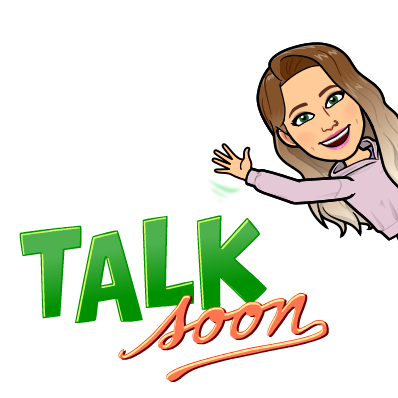In this blog post, I will review several of the resources I have come across that I find very helpful as far as moving towards the “ultimate” classroom. I was challenged to look through an Education course this semester to look further into Math resources but also First Nations and Indigenous ways of knowing and bringing that knowledge to my classroom. Do you like what I have found? Click on the titles of the resources and check them out! Check out my brief breakdown of those below:
Making Math Moments That Matter
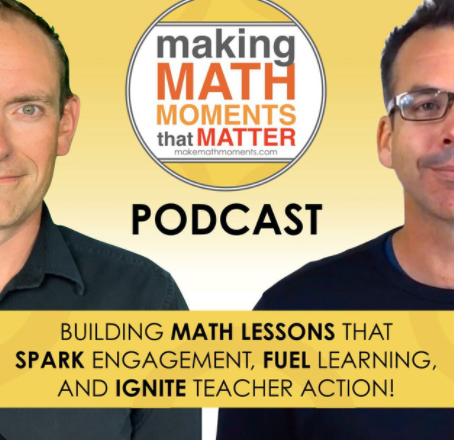
This is a jam-packed resource as far as Math resources go. This is a great tool to being a lifelong learner. Through several episodes and topics, you will find yourself with many more resources to create the ultimate math classroom and to set up your students for success. Most of this information shared can be generalized for all types of learners and grade-levels. It would be beneficial to remember that they have many resources outside of their podcast. Check out their website here. They have a 12-week program that would be great for some professional development. They also have many unit plans and lesson plans. One thing to note is that they are from the United States so those resources may or may not align with Saskatchewan curricula but they will be great guides. Kyle Pearce and Jon Orr are both full of information and are great to listen to. Check out their websites by clicking on their names.
Reconciliation Through Indigenous Education: UBC

This link will take you to a 6-week course on changing institutional structures, practices, and policies to create environments that are committed to strengthening our relationships with Indigenous peoples. I have added myself to the mailing list to ensure I get a spot in this course. It is such a huge part of who we need to be and how we can get to that place of sharing new knowledge and ways of knowing to our students. I think this course will be a huge piece of learning that will lead to my confidence in speaking and bringing knowledge to the classroom.
Sum of it all Podcast
This podcast is a great resource for several reasons. They use their platform to review books, call it an online “book club”, and they allow for continuing of the conversation. The platform itself and its concept are quite rare and intriguing. By using the #SumMathChat on Twitter, you can join in on the conversation about thoughts and reflection on these resources that they have chosen.
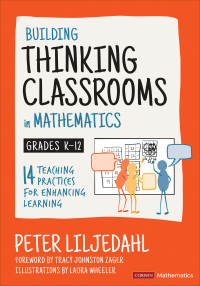
The first resource they used was the Building Thinking Classrooms in Mathematics book by Peter Liljedahl. They talked a bit about bias in students’ thinking and how we can diminish that bias in the classroom. This was ultimately so that we can figure out how our students think and how we can use that to help them achieve success. They also dive deep into the types of tasks we use, how we form groups, where students work, how we arrange desks, how we answer questions, when, where, and how tasks are given, and several more! This will be a great resource as I follow my new Math adventure.
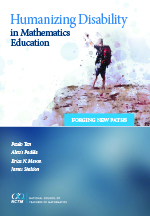
The second resource they reflected on was Humanizing Disability by Paulo Tan, Alexis Padilla, Erica N. Mason, and James Sheldon. This is a great resource for learning how to have students with disabilities have full access to math and the thinking that goes along with it. The learning follows several topics such as expanding the meaning of math, human rights issues within math, exploring disability knowledge and identity as tools, and building inclusive classrooms. This would certainly be a great resource as I move through my Education career and meet new students. This seems like it could be generalized to any grade level. This is definitely something I will use to fill gaps in my own knowledge.
Make Math Not Suck
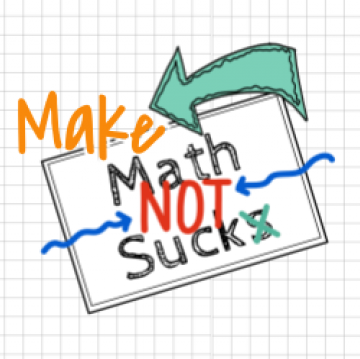
This resource is awesome and would certainly have been something I would have googled if I had the capacity! This is a blog by Mandi Tolen, a high school math teacher, and she uses her blog as a way to share information in hopes of her viewers finding inspiration and ideas to make your classroom the best for your students. Just reading that portion of her blog, I knew this would be a resource that I will keep tabbed in my Google Chrome browser. She also has a book that helps teachers create a fun and engaging learning environment. This is something that I will either invest in personally or have my future school purchase for me. You can buy it here. She has some really great ideas as far as exit tickets and other strategies for assessment that I will certainly be implementing into my lessons.
Wheeler’s Thoughts on Teaching
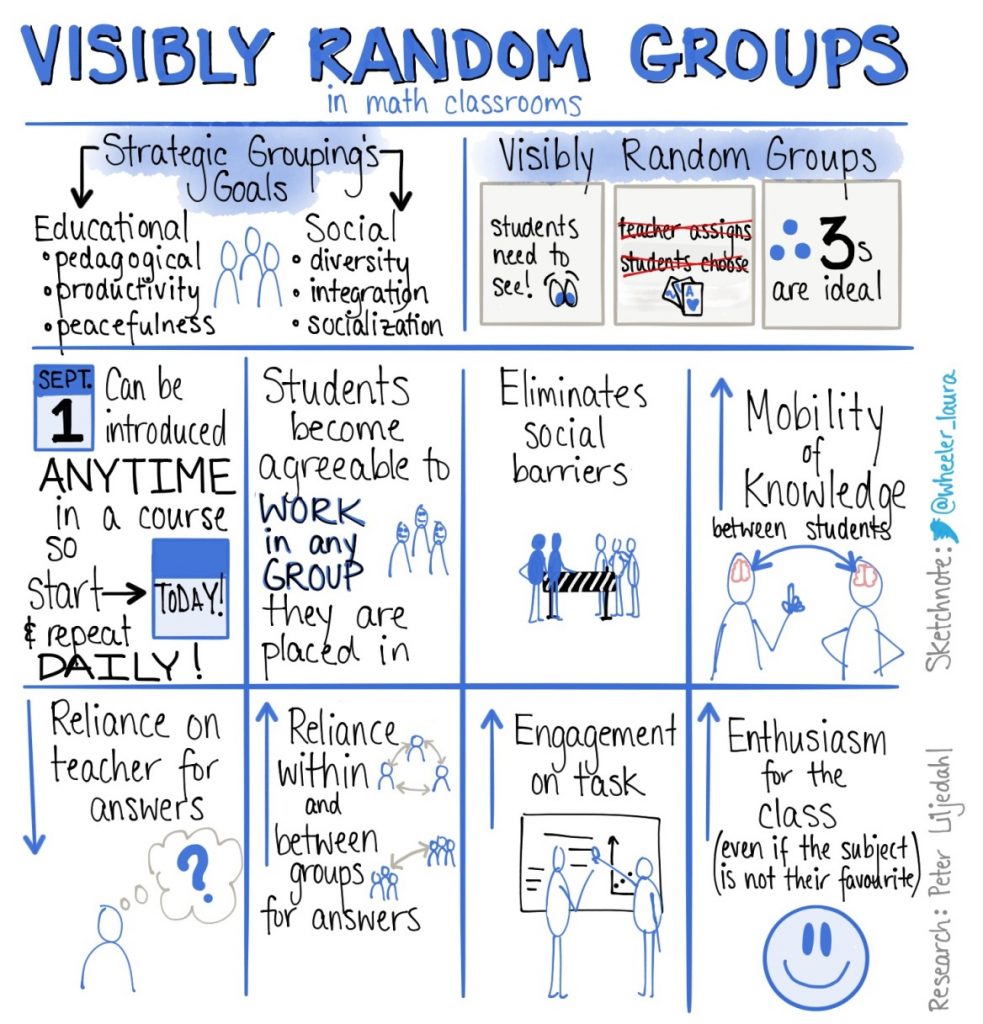
This resource is a blog by Laura Wheeler, whom I have now followed on Twitter, as should you. In this blog post (linked in the title), she talks about how she wanted to shift her classroom to a problem-based learning environment. I think I also want to achieve this. She explains doing this in a way that incorporates visibly random groups and vertical non-permanent surfaces. However, this is calculated in the way that we ensure that enough time is given for the task but not too much time, so that all students remain engaged. She used several different methods to keep in mind for choosing groups in the classroom, such as: Shuffle Names, or Team Maker.
Some rules to keep in mind as far as being involved in a group with one writing utensil:
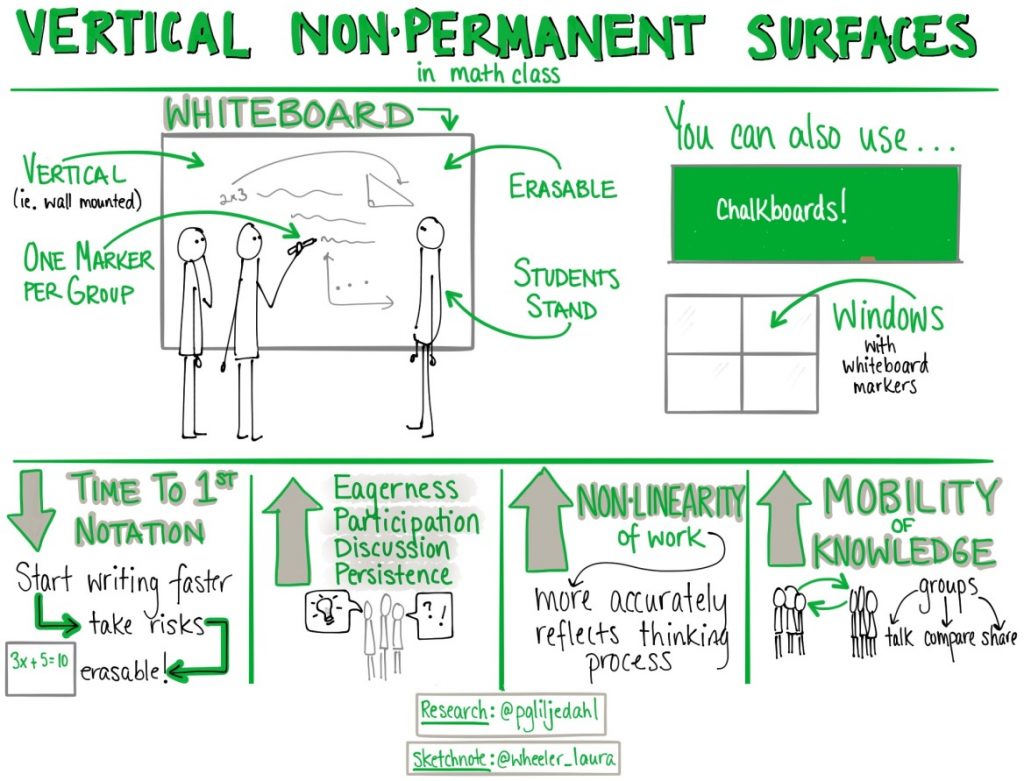
- the person with chalk can only write down what their group member tell them to
- the teacher controls when to switch the chalk
- teacher can erase work if students are not allowing their group members to solve the problem
- sitting down is not allowed
- no pre-work can be done on paper before the board is used
These are great reminders for group work when placing that group in an environment that includes writing on surfaces whether working on paper, chalkboard, or whiteboard.
BCAMT: Weekly Math Tasks
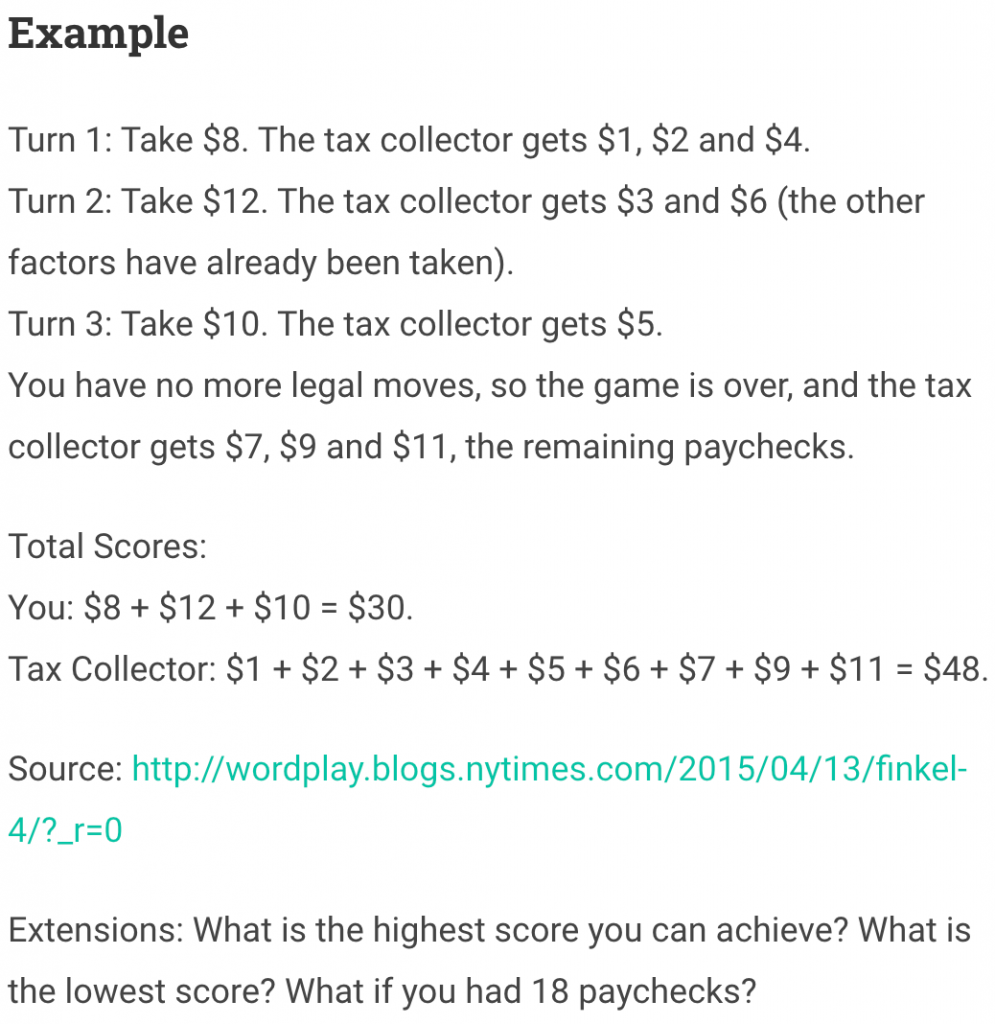
This is a great resource for quick and easy non-curricular tasks that are easily implemented into several lessons. Being non-curricular this means that students should be able to start and investigate by drawing pictures, making guesses or asking questions. This resource is intended for grades 8-12. The activities are in great detail and are easily explained to students. To enrich any of these tasks, you may ask students to explain their thinking or show creativity when finding solutions. This is also a Canadian site so it helps to know that this is directly related to Canadian curriculum, even though it may be different provincially. Check out the example beside this text!
Teaching Through Problems Worth Solving
This is an inquiry-based, curriculum-linked, differentiated math problem resource directed towards grade 8 students. Although this may or may not be my goal as far as a position, I have the experience with grade 8 math and was interested in learning more. This resource has a grand focus on teaching through problem solving in a way that is so refreshing and I feel it can be adapted for other grade levels as well. This resource explains the key components that are necessary for a problem-solving mindset and classroom. This is a bit related to the previous resources in the way that problem-solving seems to be the theme. In this specific resource, they explain that this approach is accessible to all students, meaning it has multiple entry points, can lend natural differentiation where students are able to address a problem at their level and experience success. This directly connects to a resource I had access to recently, UDL as a Key to Equity by Cult of Pedagogy. This just builds more on my previous knowledge and will help further along that learning.
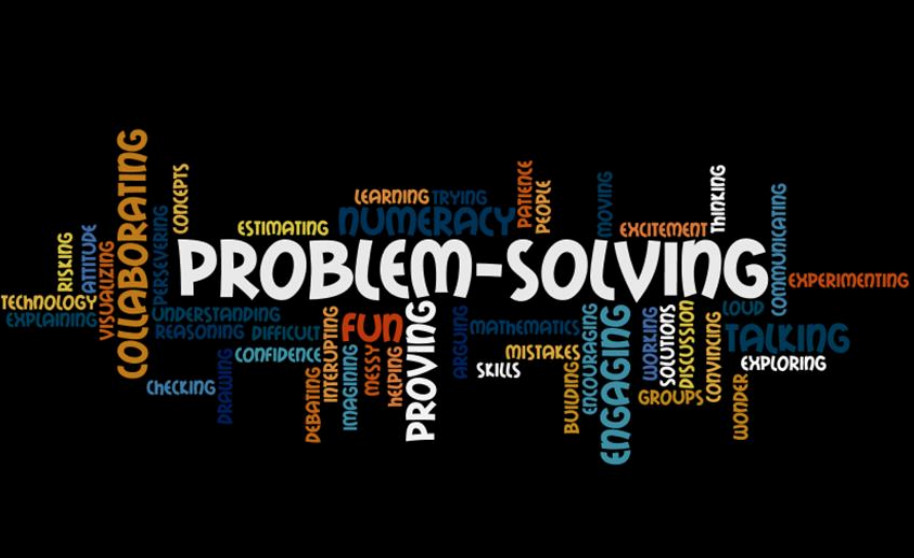
Why Teachers Want Math with More Human Ties

This entry on KQED organization website by Kara Newhouse was a breath of fresh air. It spoke about how anxiety-provoking a typical math class can be to both students and teachers because of its un-engaging content and delivery. If we learn to “humanize” a classroom, we can allow for kids to bring their ideas and interact with them and make sense of it. Unfortunately, most math classes ask for speed and accuracy when solving problems which sets a large portion of your class to be unsuccessful. When we allow students to see math as a process, not a race to the correct answer, we can encourage “rough draft thinking”. This is a great resource and has many other resources connected to it that can further this thinking and how to implement this concept into the classroom. I have a lot more learning to do when it comes to this but I am fuelled to do so.
Desmos

This resource is intended for grades 6-8 and includes online work. All students would need to have a computer for this program. This does have the opportunity to be blended with offline and online resources. This focuses on students’ ideas being the engine of the curriculum. Students can sketch and use mathematical thinking to power conversations and deepen thinking and knowledge. Again, this is a problem-based resource that helps promote mathematical curiosity and engagement. I am starting to learn more about more about problem-based lessons and approaches to teaching math and I really like it. It will be something to try and continue to perfect as I continue in my career.
Creative Ways to Assess Math Understanding

This post by Emelina Minero focuses on rethinking what assessments are supposed to accomplish and that assessments should be about moving mathematical knowledge forward. The reading challenges teachers to move away from solving a series of equations and ask the deep thinking questions that allow students to break down problems or explain how to reach its solution. They can do this in a multitude of ways using the Ed Tech tools that I have learnt about in my most recent course EDTC 300 from the University of Regina. A few examples could be a Google Doc, video, or snapping a photo of their work. We can also use these products of knowledge to help explain to their peers if properly done. This way we can have students shown that they are achieving what they consider to be success. Again, there are a lot of other resources connected to this article that would be great in the continuation of this learning.
The Problem With Giving Math Tests Online

This article by Madeline Will touches on the fact that online testing will certainly create opportunity for cheating, especially when students have to come up with a single answer. Teachers are starting to focus more on assessing students’ conceptual understanding. This has forced teachers to rethink what assessments are supposed to accomplish. It is important to think creatively and out-of-the-box when assessing student understanding and thinking then using that to support instructional decisions. This has definitely piqued my interest and has me reflecting on my current experience with an online math course at the university level. There are certainly a lot of individuals who have cheated their way through a course. Unfortunately, I had to reflect on the fact that its important to remember that Google exists and if you’re adapting others’ work, you need to really adjust those things to ensure its not “google-able.” There are some other great points made in this article and its great to have tabbed as well.
Math First Peoples
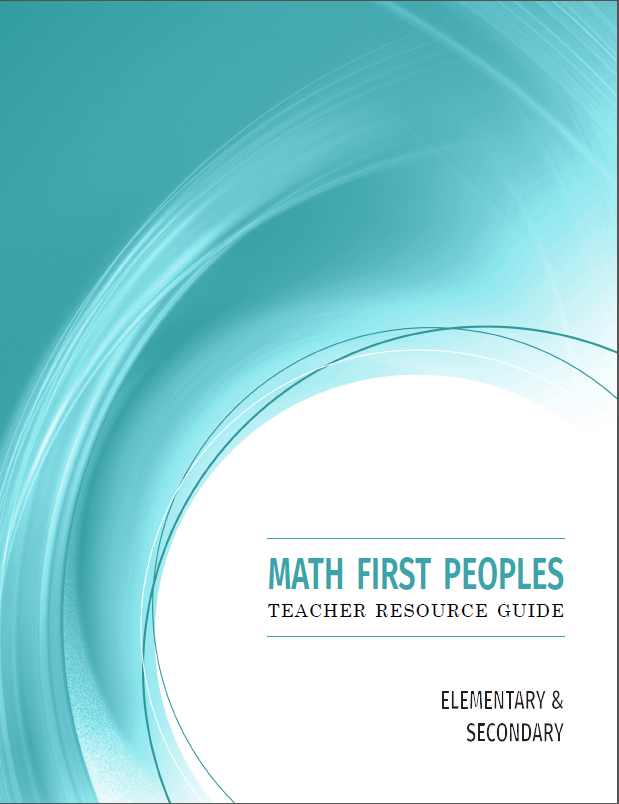
This teacher resource guide is designed for Math teachers in British Columbia and was developed by the First Nations Education Steering Committee and BC Ministry of Education. This document aims to increase student success by making adjustments in pedagogy and approach to make mathematics feel more inclusive and engaging. This also supports the Calls to Action of the Truth and Reconciliation Commission. This resource is directed at both elementary and secondary levels. I really like the idea that they are contributing to reconciliation by building greater understanding of the skills and ways of knowing of First Peoples for all students. This really encourages and supports me as a teacher as I am to create a respectful environment. I will have this ordered for me to have a physical copy so that I can also strive for what they are promoting. This is just another piece to becoming an ally for First nations people and their ways of knowing. Download the PDF here.
Others to explore:
- Guided Math AMPED
- Modifying Your Thinking Classroom for Different Settings
- How Trees Talk to Each Other
- Teaching Math in Relationship with Indigenous Ways of Knowing
Watch for more resources to show up in this blog post and future ones!
